
Guide to Bárðarbunga Volcano
Bárðarbunga is a subglacial stratovolcano which lurks beneath the mighty ice cap of Vatnajökull, the largest glacier in Europe. Bárðarbunga is one of Iceland's largest and most active volcanoes, the lasted eruption in 2014-2015. However, earthquakes in January 2025 suggest an upcoming eruption.
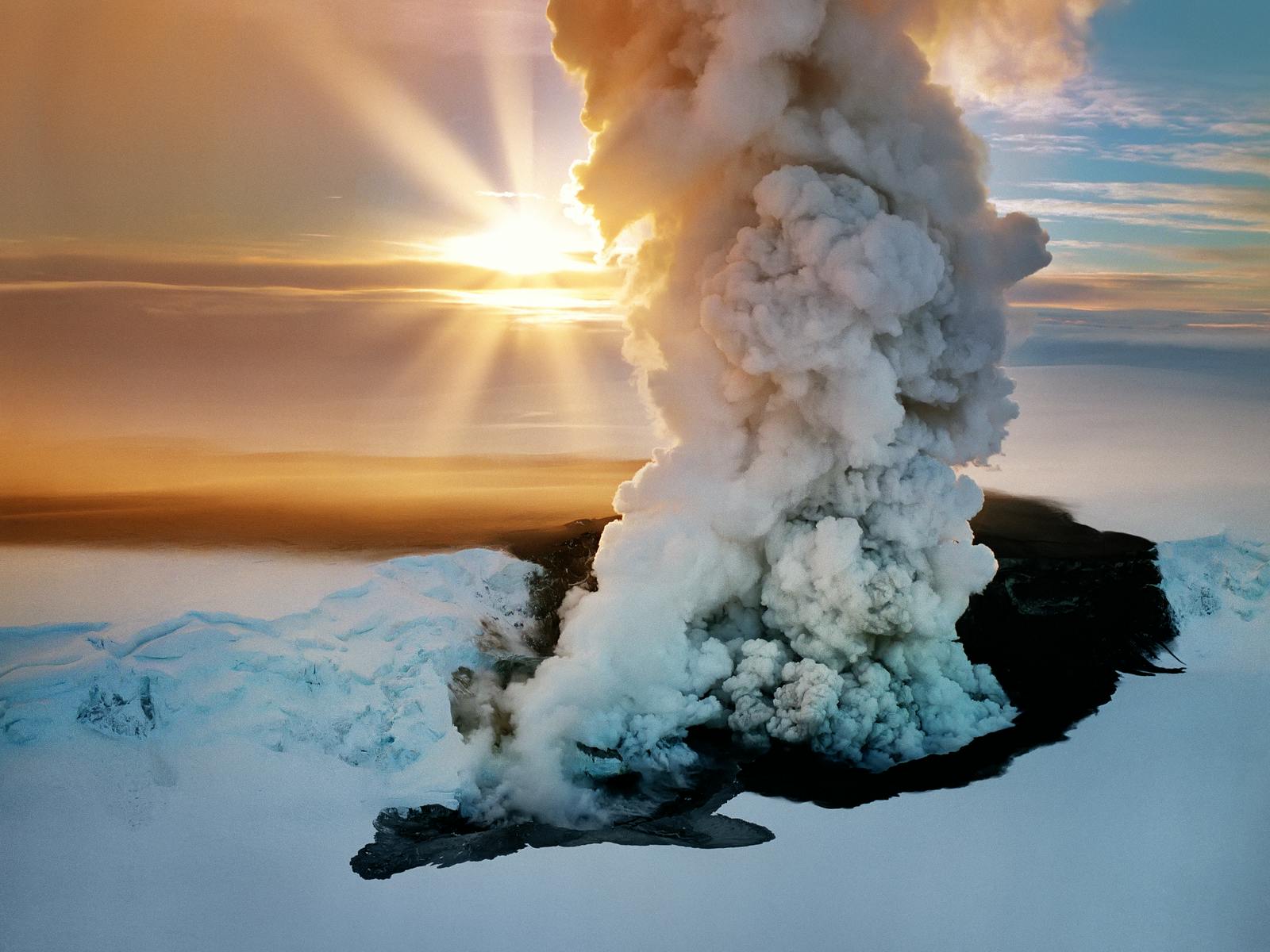
Eruptions of Bárðarbunga
The volcano has erupted approximately every 250–600 years. Below is a timeline of Bárdarbunga eruptions:
- 2014-2015: This event lasted six months, resulting in the largest volume of lava erupting in Iceland since the Laki eruption in 1783-1784. The eruption emitted enormous volumes of sulphur dioxide and impacted air quality in Iceland; however, there was no effect on flights outside the immediate vicinity as the eruption hadn’t produced a significant amount of volcanic ash.
- 1910: An eruption took place at the Þjórsá Lava fissure system, marking the last major eruption at Bárðarbunga for more than a century.
- 1862-1864: Eruptions occurred at the Þjórsá Lava and Veidivötn fissure systems associated with Bárðarbunga.
- 1797: An eruption occurred at Veidivötn, a fissure system associated with Bárðarbunga.
- 1701-1780: This period saw multiple eruptions from Bárðarbunga.
- 1477: This was the largest known eruption in Iceland, with a Volcanic Explosivity Index of 6. The eruption resulted in a volcanic ash layer that drifted as far as Greenland.
- Around 870: The Vatnaöldur fissure eruption from the Bárðarbunga volcanic system is believed to have occurred around this time, coinciding with Iceland's settlement.
Is Bárðarbunga getting ready to erupt?
There was increased seismic activity between late 2024 and early 2025. On January 14, 2025, a significant earthquake swarm in the northwestern part of the Bárðarbunga caldera was recorded. Approximately 130 earthquakes were recorded, with the largest reaching a magnitude of 5.1.
This marks the most substantial activity in Bárðarbunga since the 2014–2015 Holuhraun eruption. The observed seismicity aligns with increased pressure from ongoing magma accumulation since the last eruption in 2015.
While these earthquake clusters are noteworthy, they do not necessarily indicate an immediate eruption. Thanks to routine monitoring, any significant changes in Bárðarbunga’s behaviour can be promptly identified and shared.
Iceland is one of the most volcanically active regions in the world — if you’re curious which ones are still rumbling, explore the active volcanoes in Iceland.
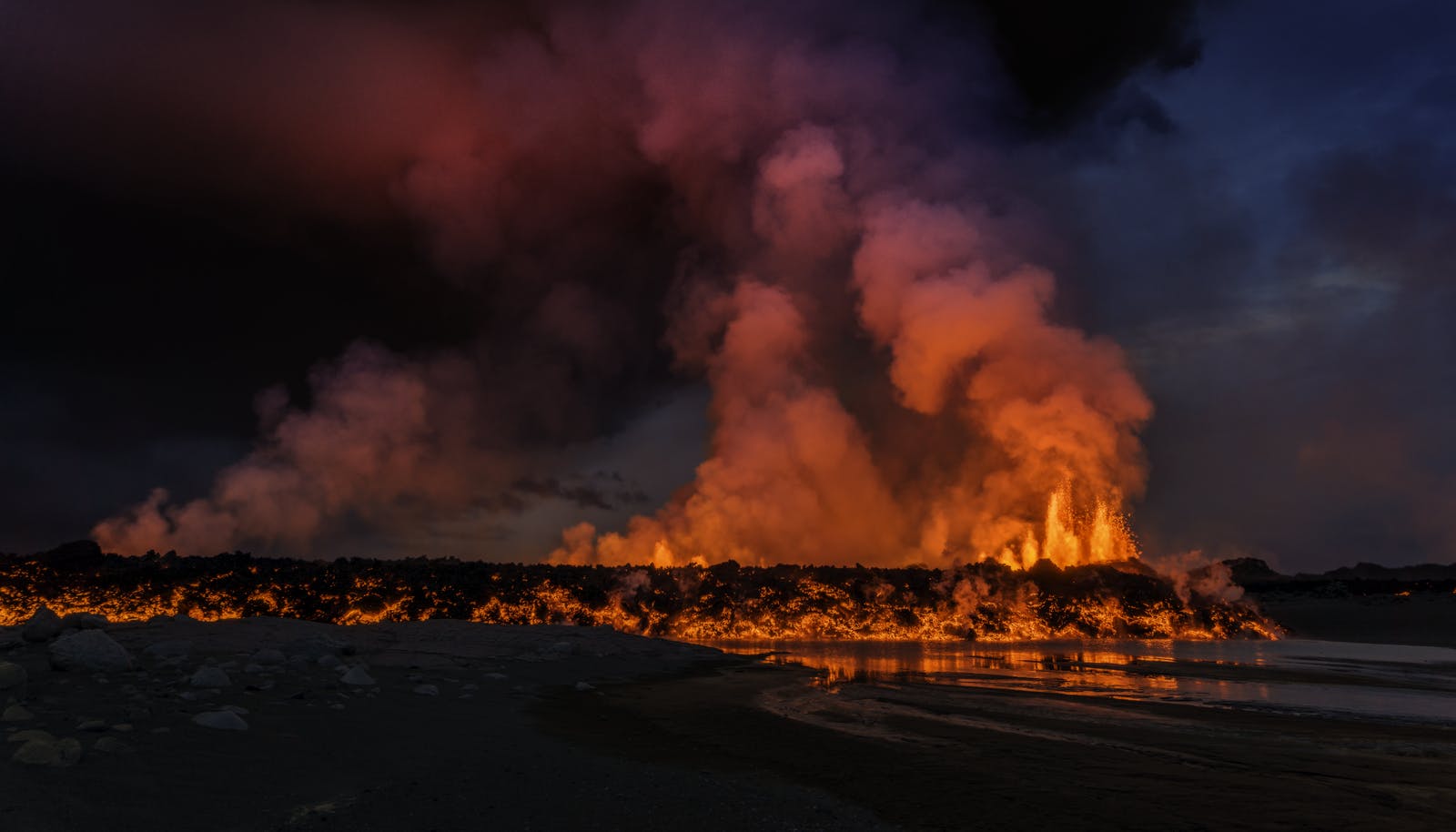
What Type of Volcano is Bárðarbunga?
Bárðarbunga is a central volcano of great geological significance. Its eruptions have contributed to the formation of the vast, sweeping lava fields in the area, including the Holuhraun lava field. The volcano's activity also shapes the surrounding landscape and influences the glacial and hydrological systems in the desolate highlands.
Where is Bárðarbunga Located?
Bárðarbunga is situated in the remote and uninhabited highlands at the centre of Iceland, beneath the ice cap Vatnajökull glacier. It is part of Vatnajökull National Park, which spans a significant portion of southeastern Iceland. The volcano is an integral part of the Bárðarbunga volcanic system, consisting of interconnected volcanic fissures and individual volcanoes.
Bárðarbunga has a summit elevation of 2,009 meters above sea level and features a massive subglacial caldera spanning approximately 70 square kilometres, concealed beneath the glacier. Its most recent eruption occurred between 2014 and 2015, highlighting its ongoing geological significance.
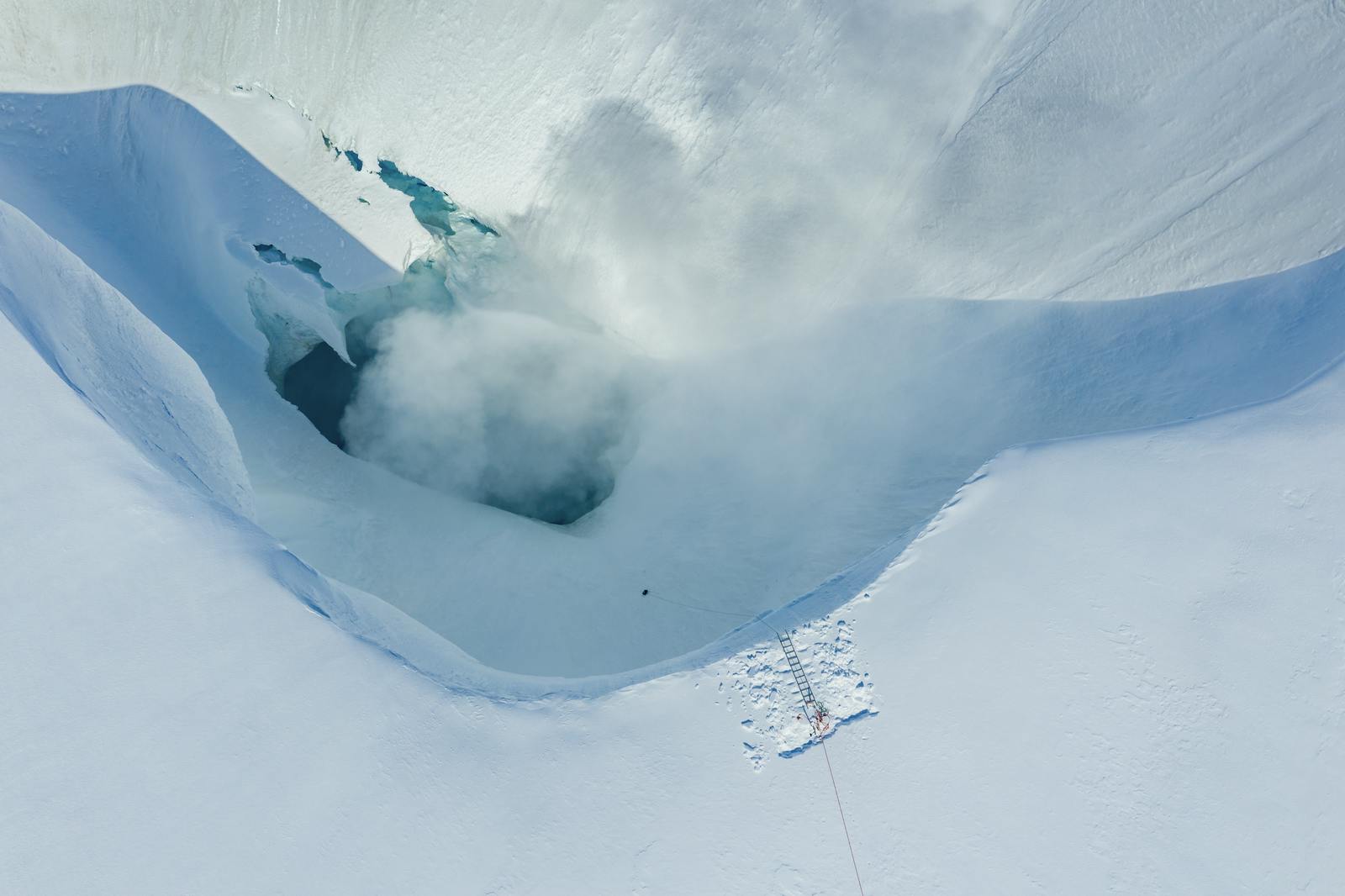
How to Get to Bárðarbunga
Due to its remote location in the highlands and rugged terrain, reaching Bárðarbunga volcano directly is difficult for visitors. However, some companies offer scenic flights over the Vatnajökull glacier, allowing travellers to observe the volcano from the air, providing a unique perspective on its immense size and glacial setting.
The Formation of Bárðarbunga
Bárðarbunga is situated on the Mid-Atlantic Ridge, where the North American and Eurasian tectonic plates diverge. This divergence allows magma from the mantle to rise, leading to volcanic activity. Amplifying this activity is a mantle plume or hotspot beneath central Iceland, causing an upsurge of abnormally hot rock from the mantle, resulting in even more magma production and intensified volcanic eruptions. The large volcanoes Bárðarbunga and Grímsvötn are located near the centre of the hot spot.
Over time, repeated eruptions in specific areas like Bárðarbunga have formed central volcanoes, large structures with intricate magma chamber systems. The Bárðarbunga volcanic system is around 200 km long and up to 25 km wide, making it Iceland’s largest volcanic system. Surrounding these central volcanoes are fissure swarms, linear zones where the crust is pulled apart, facilitating numerous eruptions.
Bárðarbunga's unique position under Vatnajökull adds another dimension to its eruptions. Subglacial eruptions can cause rapid ice melt, leading to massive floods known as jökulhlaups. These floods showcase the intricate relationship between Iceland's volcanic and glacial landscapes.
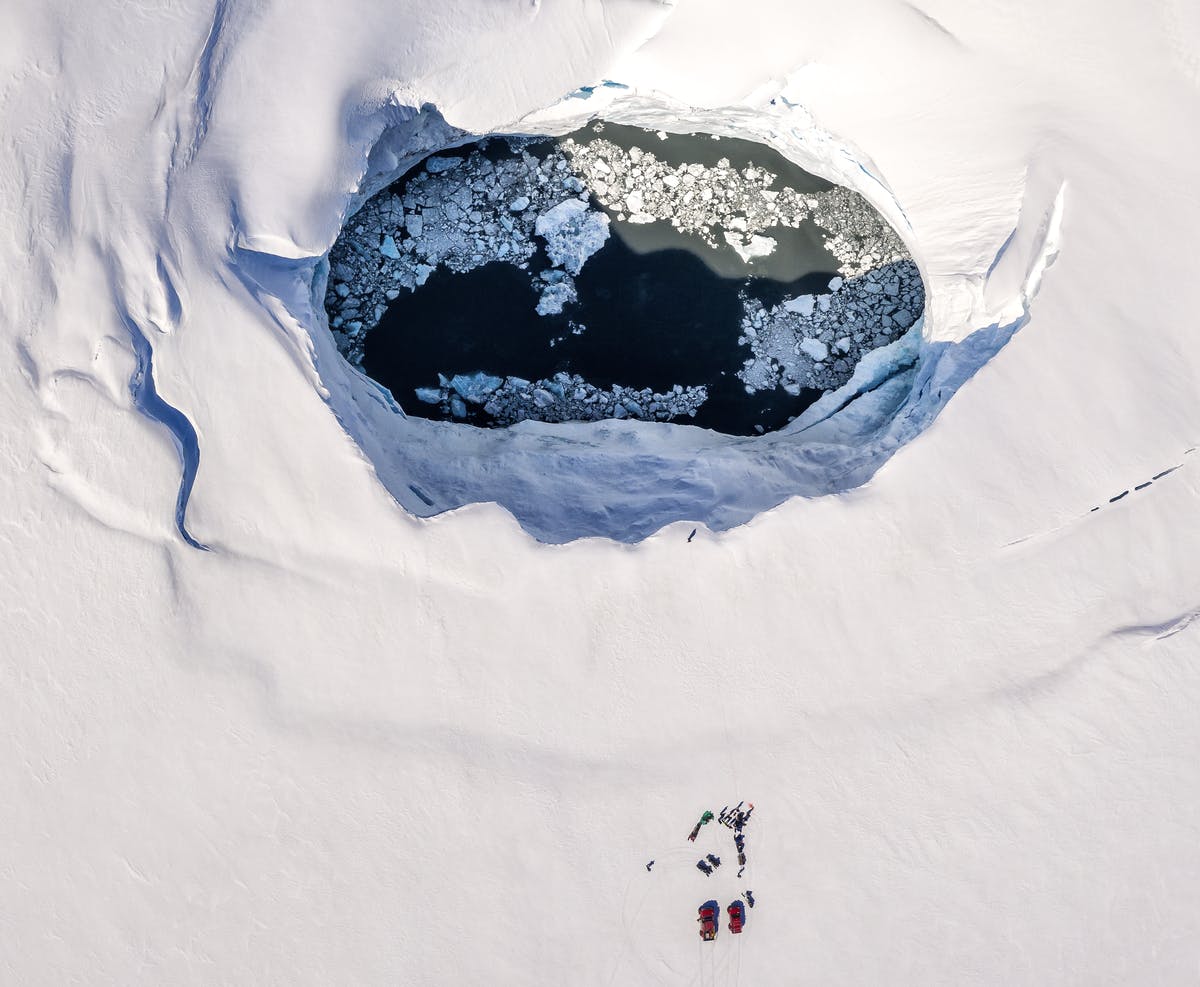
Due to its remote location in the highlands and rugged terrain, reaching Bárðarbunga volcano directly is difficult for visitors. However, some companies offer scenic flights over the Vatnajökull glacier, allowing travellers to observe the volcano from the air, providing a unique perspective on its immense size and glacial setting.
Volcano Monitoring and Preparedness
The Icelandic Meteorological Office (IMO) is pivotal in monitoring all of Iceland's active volcanoes, including Bárðarbunga. With a network of seismometers, GPS stations, and other monitoring equipment spread across the country, the IMO keeps a vigilant eye on any signs of volcanic unrest.
Experience a Volcano at Perlan in Reykjavík
Perlan's Forces of Nature exhibition allows guests to feel the immense power of volcanoes, earthquakes, and geothermal energy that powers the island. In the heart of Reykjavík, guests can learn about the volcanoes that form when heat and pressure build up beneath the earth's surface.
Earth's weak points tend to be along fault lines where plates converge or diverge, like the tectonic plates in Iceland. The exhibition is a unique, family-friendly museum experience that entertains and informs.
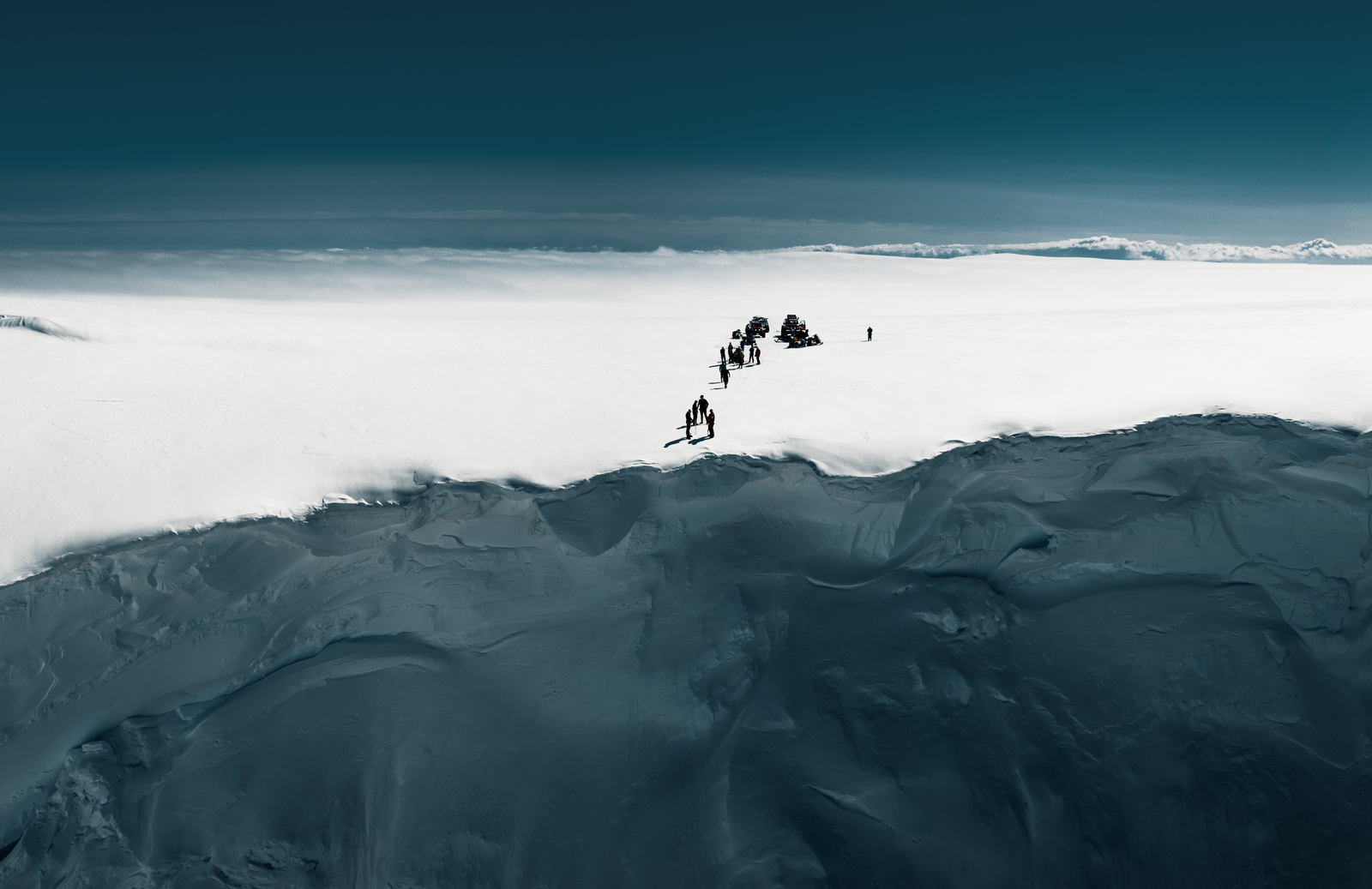
FAQ
What would happen if the Bárðarbunga volcano erupted?
If Bárðarbunga erupted, the airspace around the volcano would be closed, and any individuals close to the region would be evacuated. However, given that it is located in a remote slice of Iceland, there are no nearby settlements. An eruption is unlikely to be a surprise given that geologists monitor the active volcano systems in Iceland, and there would be warnings of an imminent eruption.
Is Bárðarbunga Volcano Active?
Bárðarbunga is considered an active volcano, one of the most active in Iceland after Grímsvötn, Katla Volcano and Hekla Volcano ; however, there are no indications that it will erupt in the near future. Local scientists constantly monitor the volcano systems throughout Iceland, and there are usually episodes of earthquakes giving warnings of an eruption. Monitoring systems include seismic monitoring, GPS, gas, and satellite observations to track any changes in volcanic activity and assess potential hazards.
Is Bárðarbunga safe to visit?
Bárðarbunga is in the remote highlands of Iceland and is not considered a major tourist attraction. Hiking enthusiasts may get close to the volcano during extensive highland treks, but these are not high numbers. However, Bárðarbunga volcano is safe to visit as the Icelandic Meteorological Office closely monitors it. It's essential to prioritise safety and follow the guidance of local authorities regarding access to and around the volcano.








